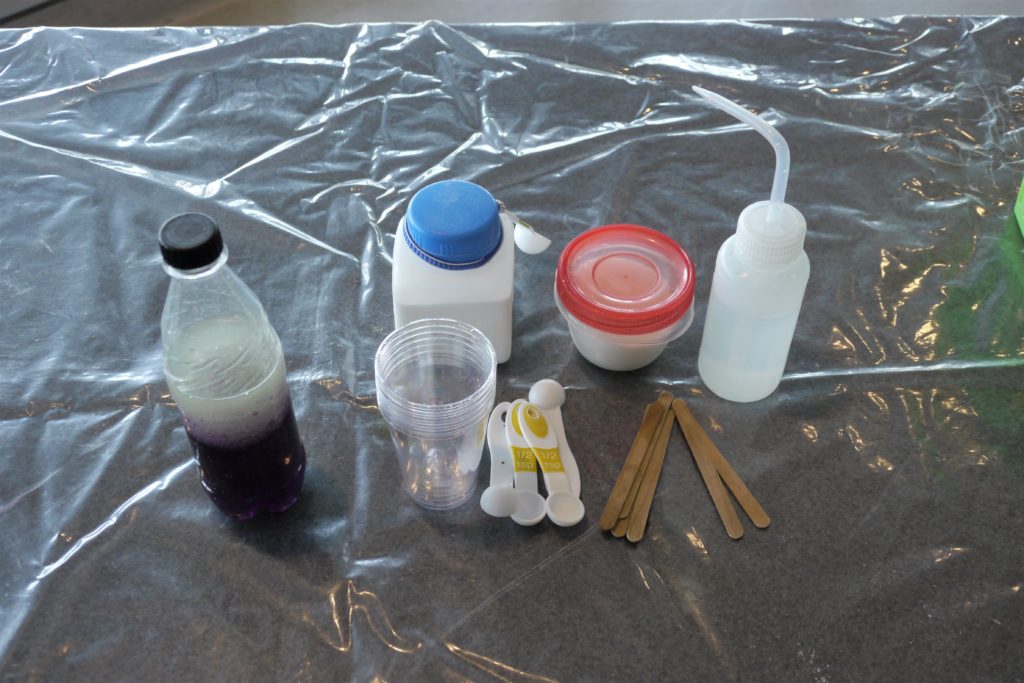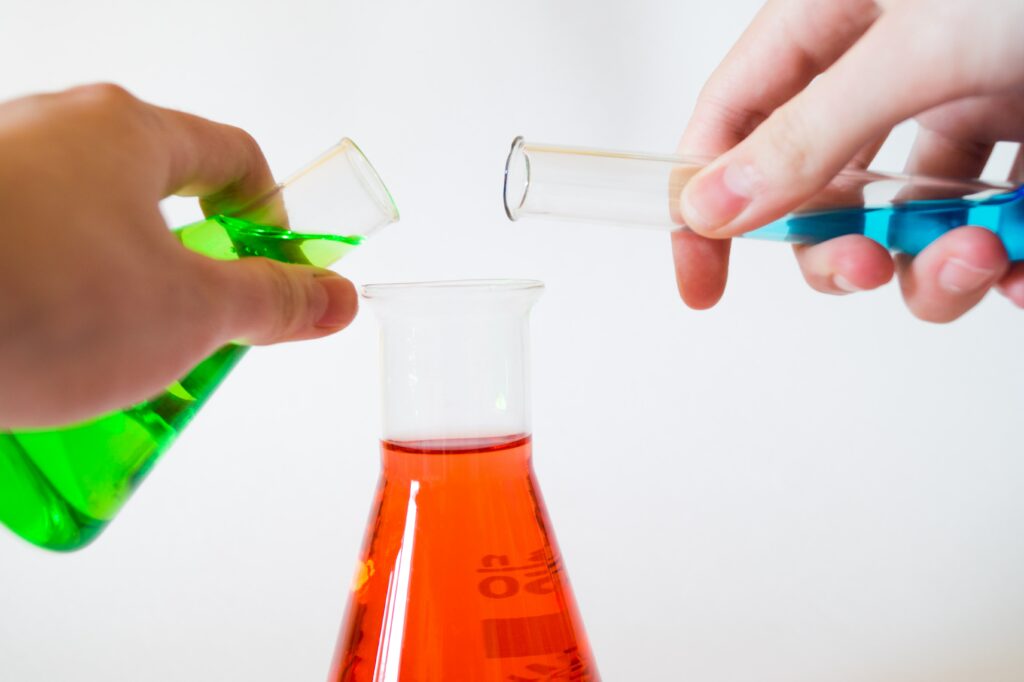In this activity, students discover a cool characteristic of polymers that contributes to a balloon's elasticity.
The balloon's rubber consists of many long chains of molecules called polymers, linked together like noodles stuck to each other in a plate of cooked spaghetti. These links can be stretched and compressed, giving the balloon its elasticity. If they are pulled too much, however, the balloon will break.
When a sharp skewer stick is placed through both the tie and the nubbin (end opposite of the tie), the balloon does not pop. Why Not?
The rubber at the nubbin and at the tie is looser and less fragile than around the circumference of the balloon, where the polymers are already stretched to their limit. When the skewer slides into the loose rubber, the polymers will stretch around the skewer allowing the balloon to stay inflated. A needle through the side of a balloon will cause the rubber to tear and pop easily since the polymers are already stretched.



